For many people in the U.S., there has never been a more important historical event than the American Revolution. However, with so many famous figures, battles, and dates to remember, it’s easy for facts to slip through the cracks. Here are 19 facts about the American Revolution that you may not know.
The Starting Gun
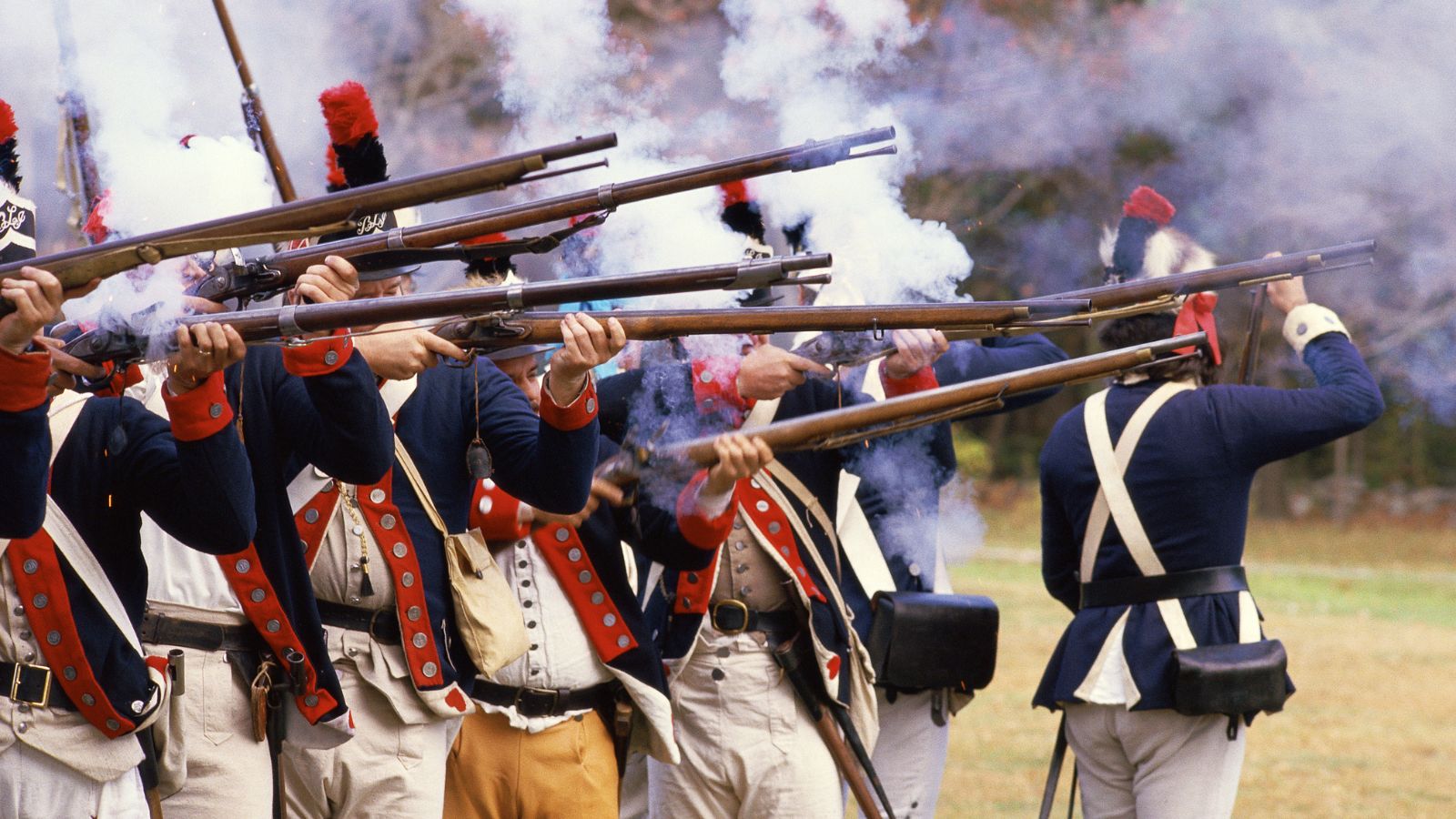
The American Battlefield Trust describes how the American Revolution began with “the shot heard round the world”. This far-reaching salvo was launched when an American militia returned fire on British troops at Lexington. Little did any of them know that the world was about to change forever.
Merci, Les Francais
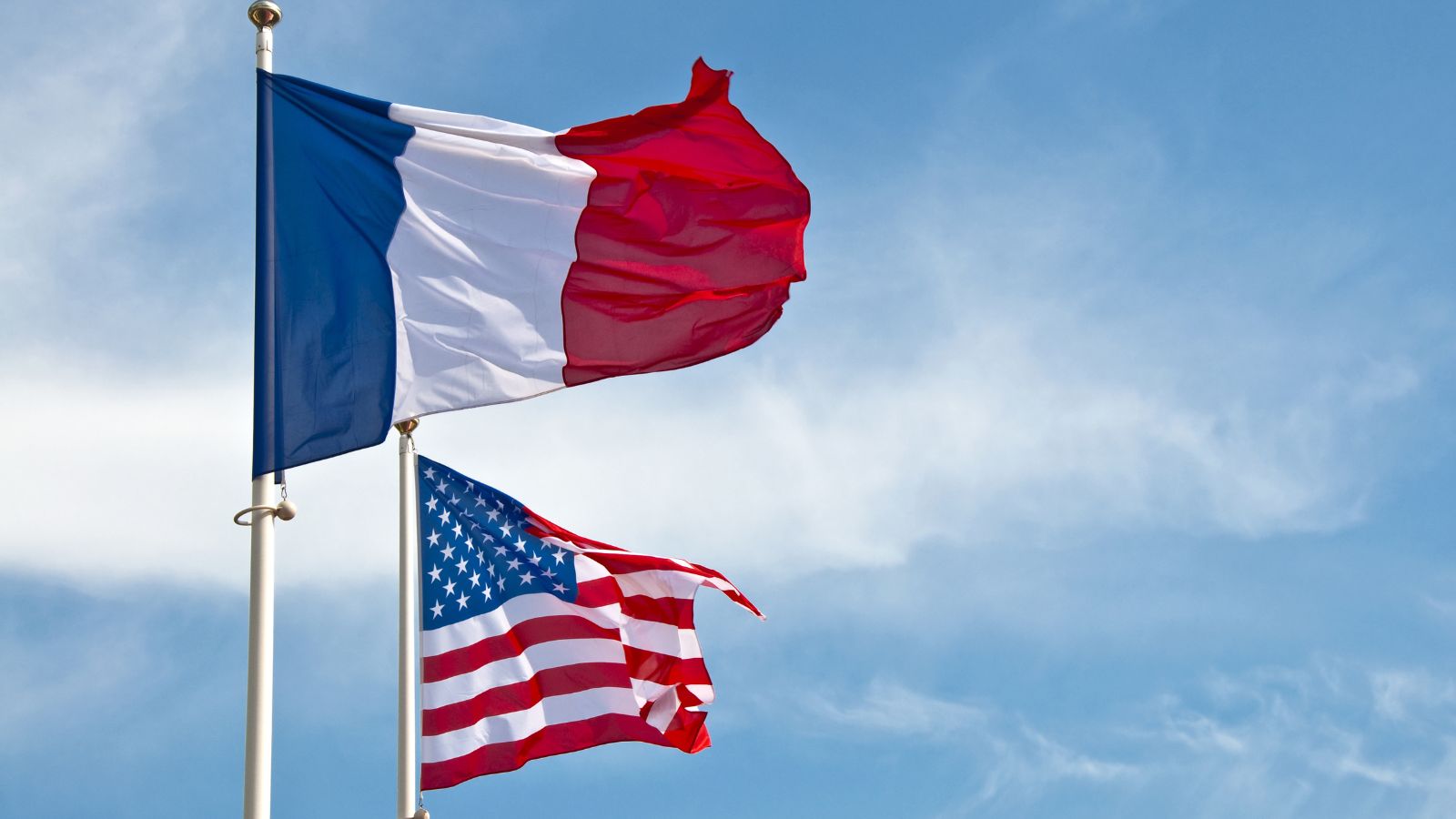
Franco–U.S. relations have had their ups and downs, but American citizens owe a lot to their European allies. The French helped to secure American independence by attacking British ships, providing supplies, and even sending over 40,000 soldiers and sailors—though their main motivation was annoying the British!
It Was Payback For the British Taxing Americans

Even before the outbreak of hostilities, America and Britain had a rocky relationship. The British wanted to tax Americans to pay back debts from the Seven Years’ War. However, many Americans hated the idea of being taxed without any political power of their own, so they decided to seize it.
The Soldiers Were Marching on Pretty Empty Stomachs
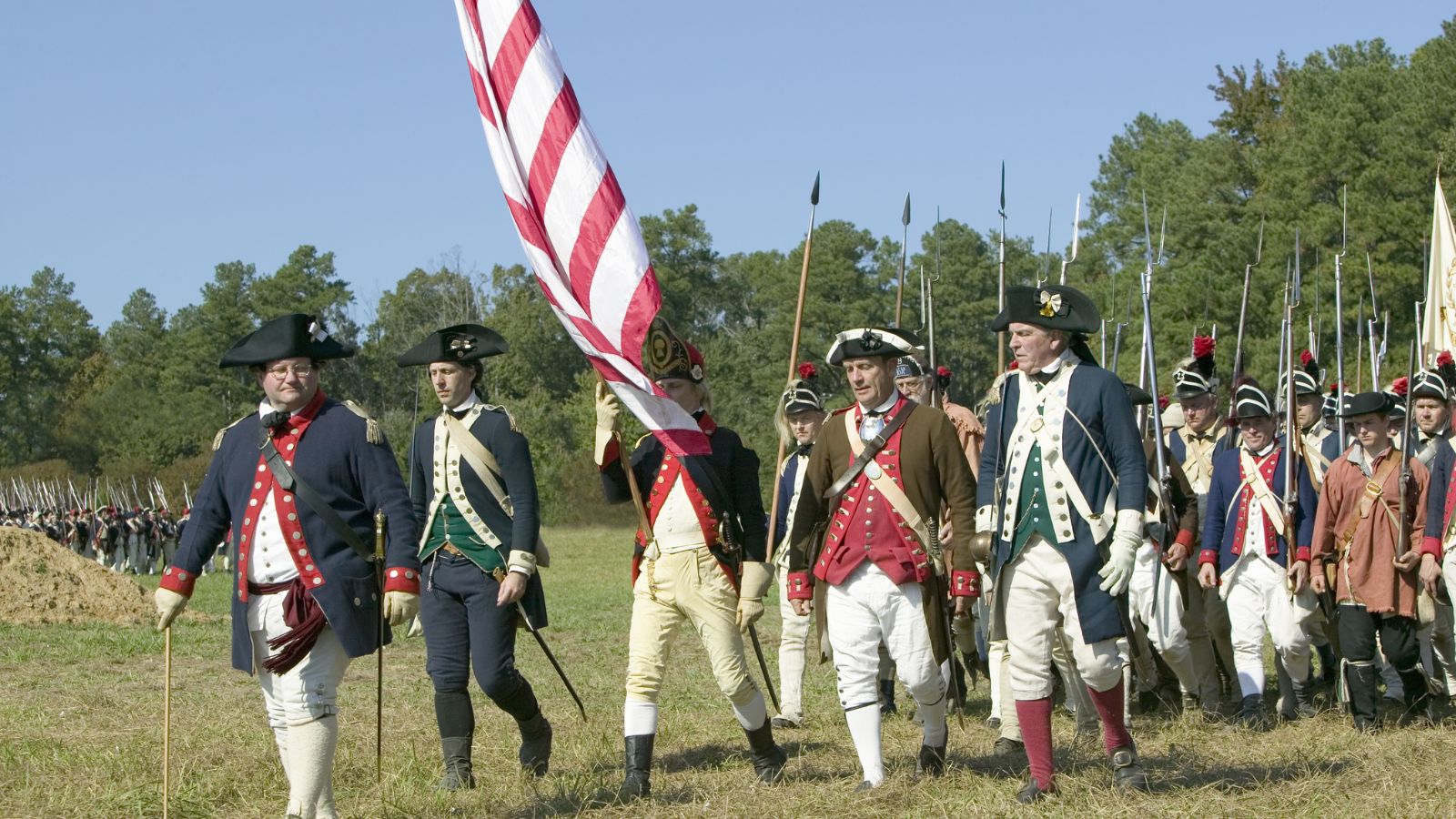
It’s safe to say that patriots weren’t marching in the Continental Army for the great cuisine on offer. Soldiers were lucky if they got a daily ration of bread and fish or beef, all washed down by about four ounces of whisky. Were the colonists fighting for independence or for indigestion?
Each Side Had Cruel Nicknames for the Other
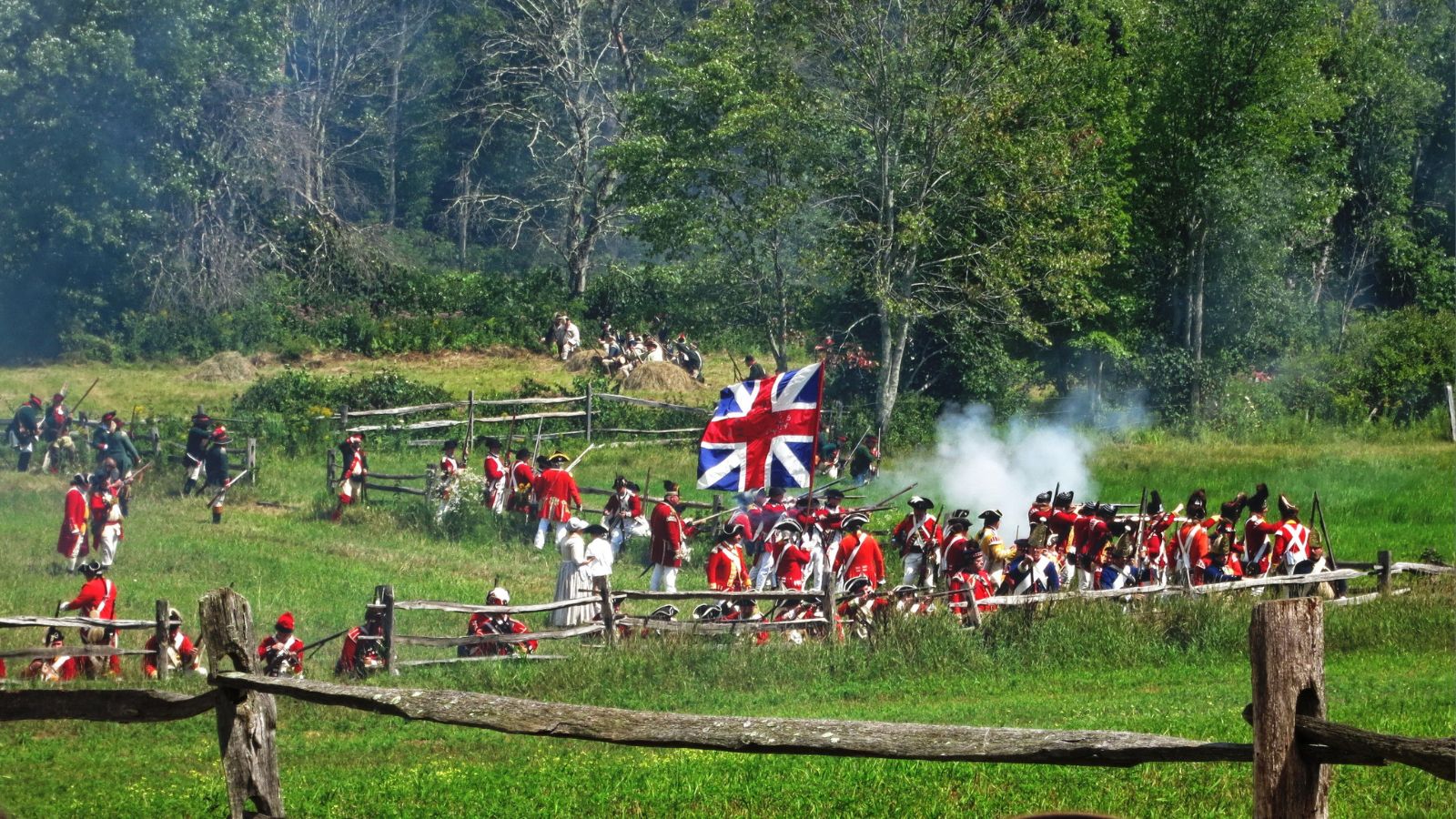
Whoever claimed that ‘sticks and stones can break my bones, but words will never hurt me’ clearly hadn’t heard of some of the names being thrown around during the American Revolution. British soldiers received the harshest treatment—they were nicknamed lobsterbacks due to their colorful uniform jackets.
Hessians Were Another Group Involved in the Fighting
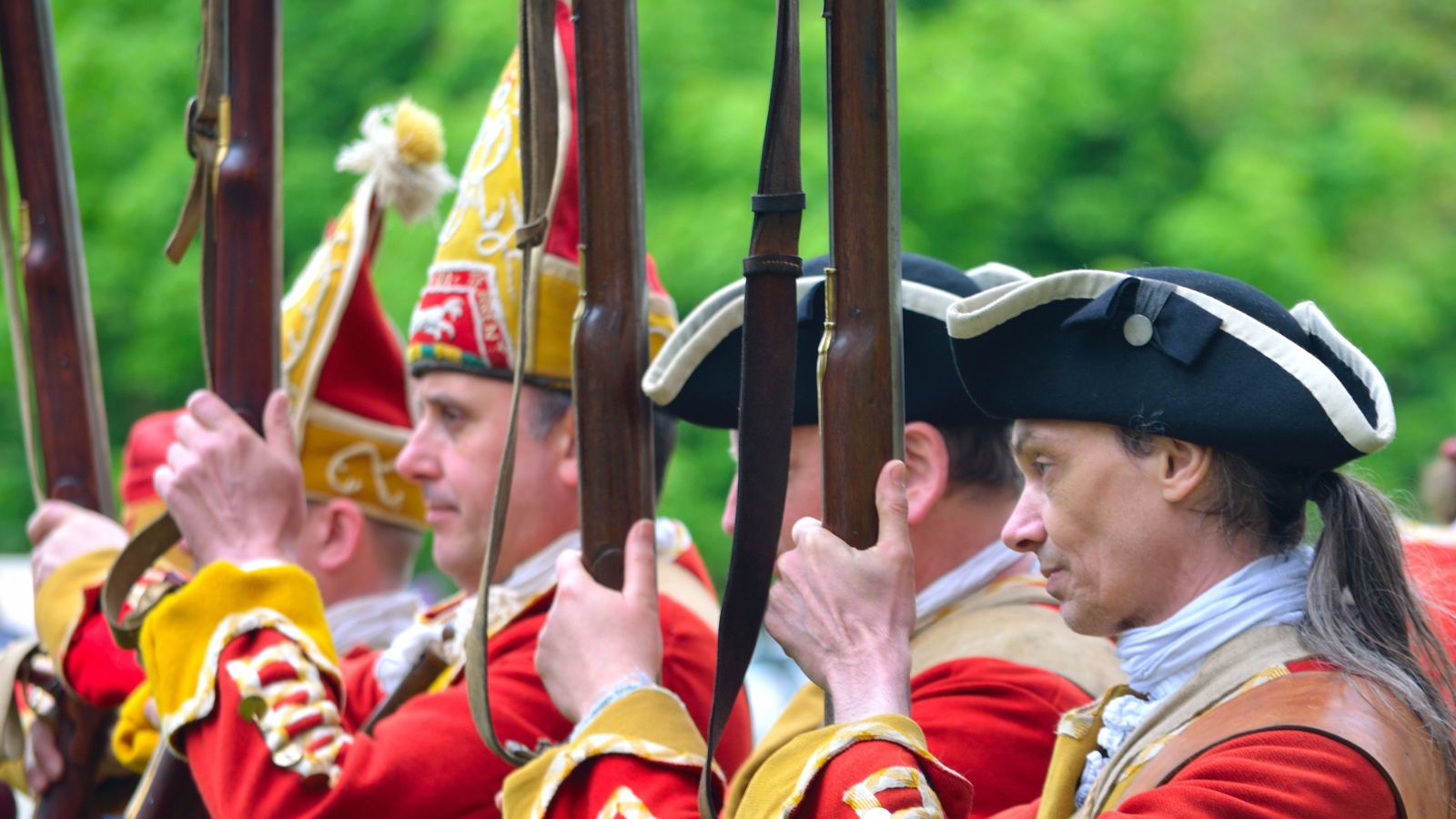
British troops weren’t the only ones trying to keep the Patriots down. According to Brittanica, German mercenaries called Hessians were also employed to keep the Continental Army from taking control. About 37,000 Hessians fought in the War for Independence—some even remained in the country after America’s victory.
Native Americans Supported Both Sides
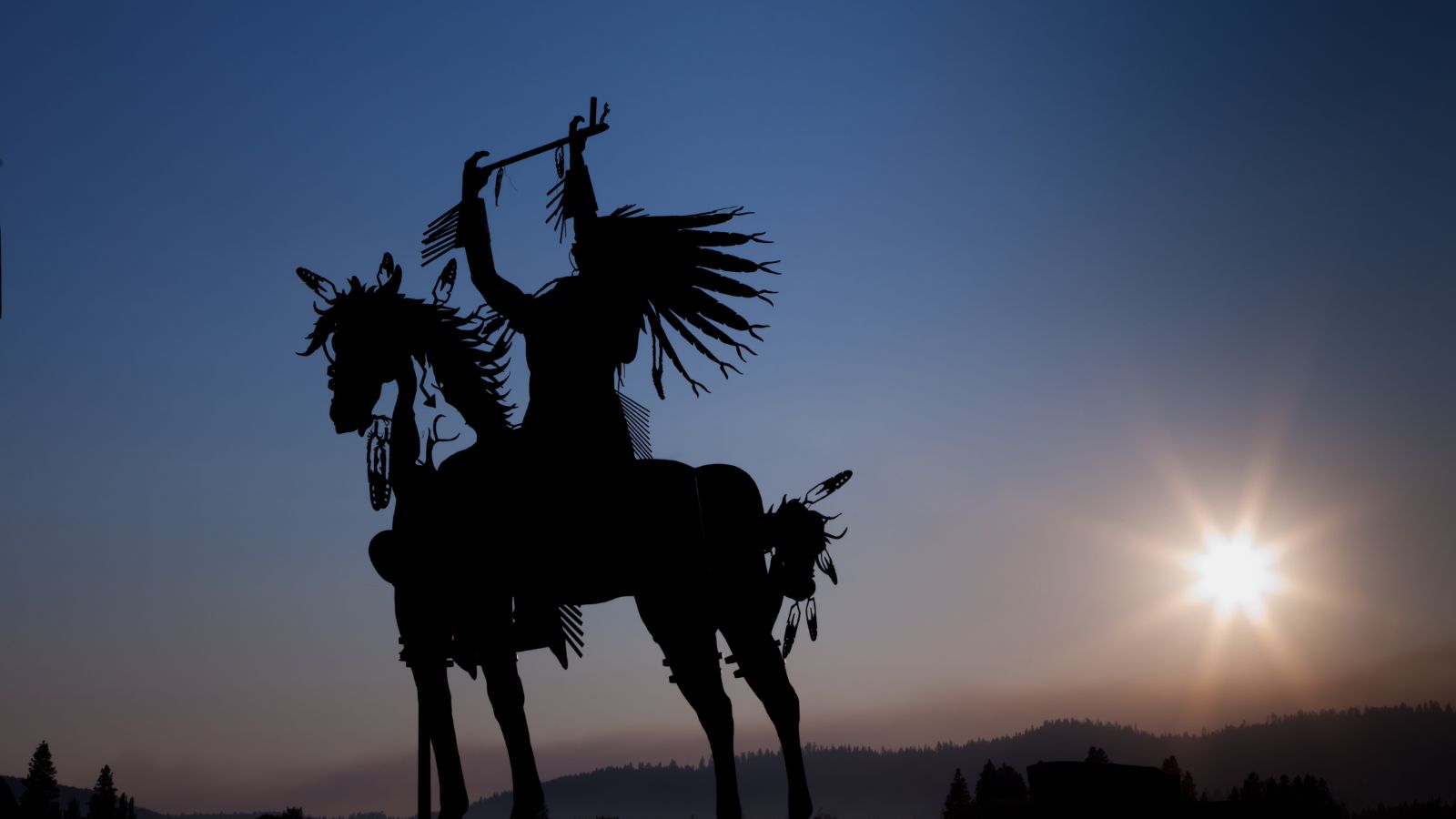
Native Americans played a role in the Revolution, but not everyone agreed on who to support. Tribes like the Cherokee were split on whether to support the rebels or the British, as was the Iroquois Confederacy. Loyalist Native Americans suffered terribly—George Washington became known as ‘Town Destroyer’ after burning Iroquois villages and crops.
Spies Were Crucial
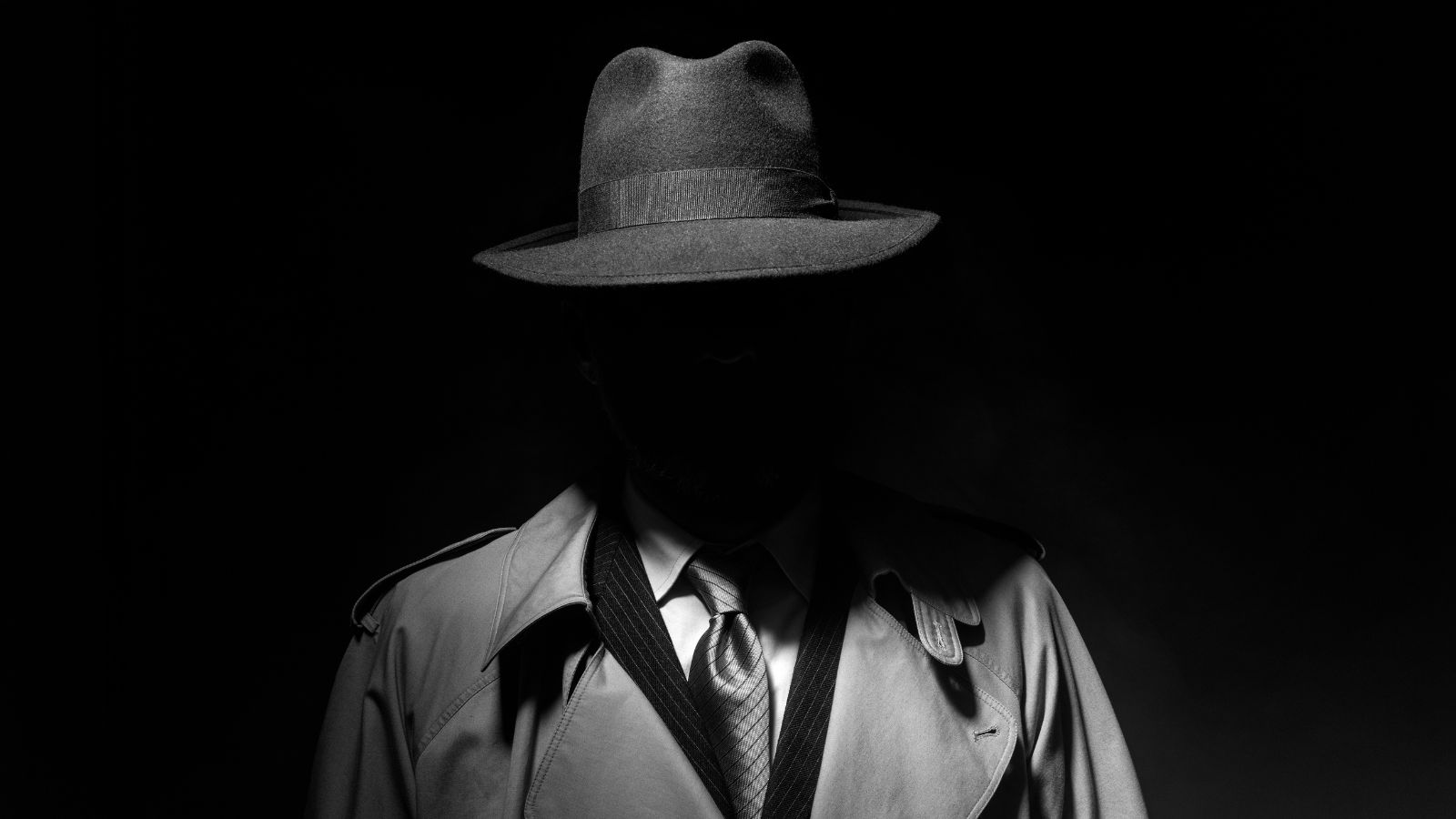
Espionage by both sides in the American Revolution was one of the most important factors in the conflict’s outcome. The Continental Army had some especially talented spies among its ranks, including Nathan Hale, Anna Strong, and the African American double agent James Armistead Lafayette.
The Biggest Killer was Disease
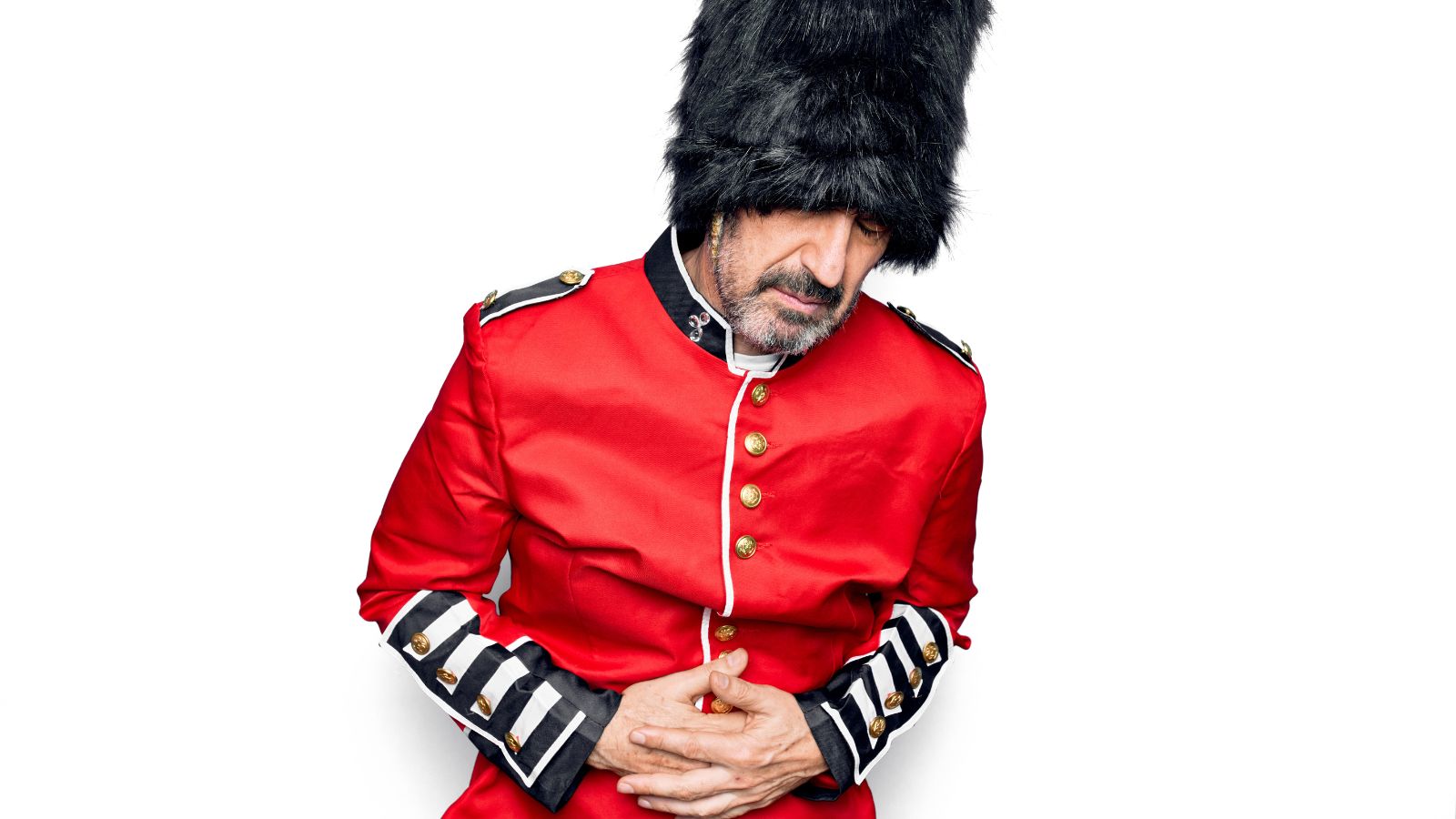
You might expect bullets or cannons to be the biggest killers in the Revolutionary War. However, soldiers were far more likely to die from disease. Smallpox killed more Revolutionaries than British troops did—to prevent further losses, George Washington ordered his troops to be inoculated against the disease.
Pirates Were Recruited in Naval Battles
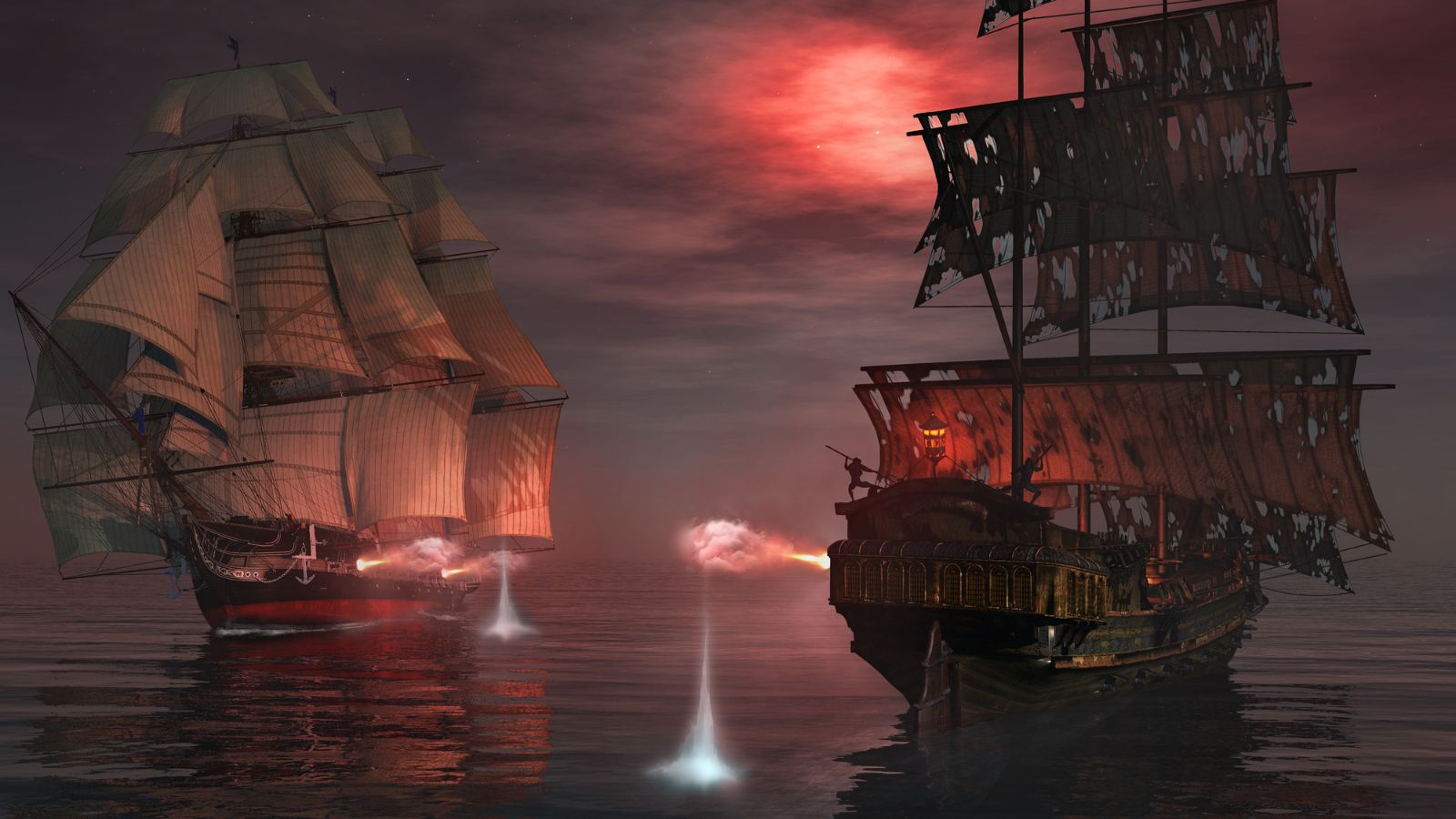
We often think of the American Revolution as being decided at famous land battles like Yorktown or Boston, but naval battles were just as important to the war’s outcome. Both sides recruited pirates to plunder their opponents’ ships, and fighting took place around the Caribbean and throughout the Atlantic Ocean.
The Founding Fathers Became Politicians
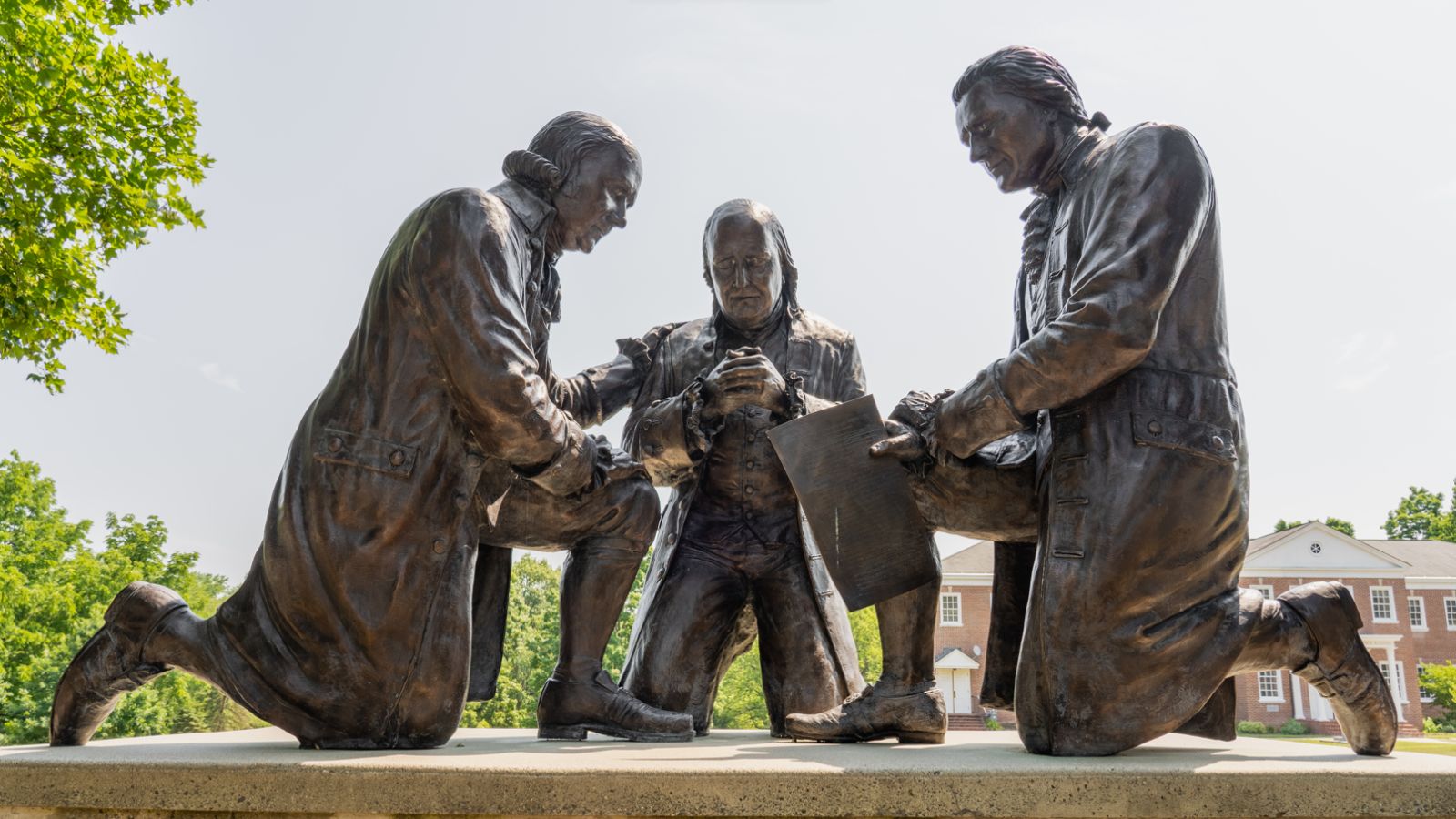
When it comes to key figures in American history, the Founding Fathers are second to none. In addition to securing independence on the battlefield, they also shaped their new country by becoming key political players. In fact, five Founding Fathers served as presidents of the country they’d helped to create!
Women Also Fought for Independence
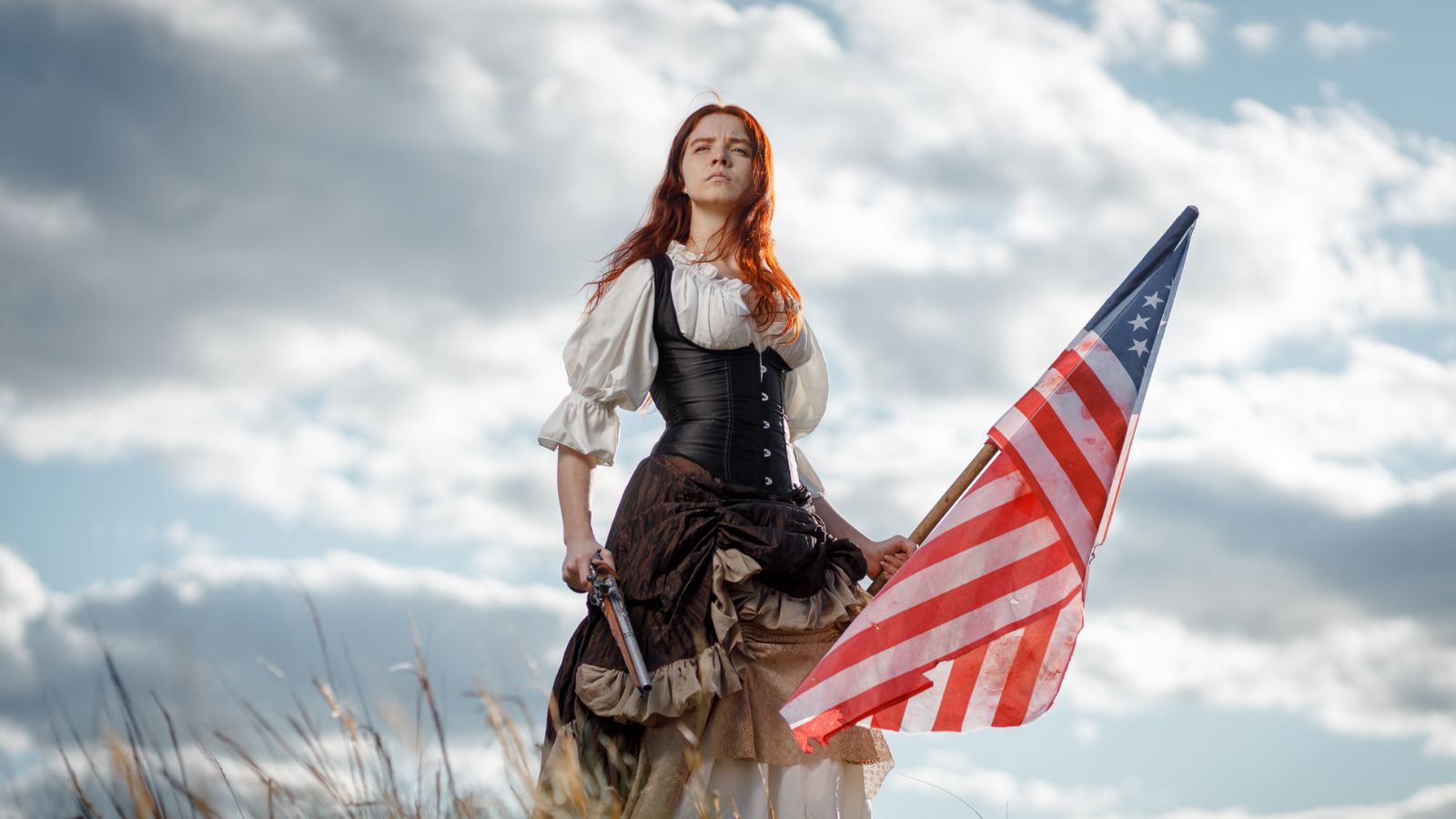
The Founding Fathers get most of the credit for the American Revolution, but the fairer sex also made vital contributions to the fight for independence. Molly Pitcher earned her name by carrying buckets of water to wounded soldiers during battles—some legends even credit her with firing a cannon after her husband was injured!
Revolutionary Punishments Were Extreme
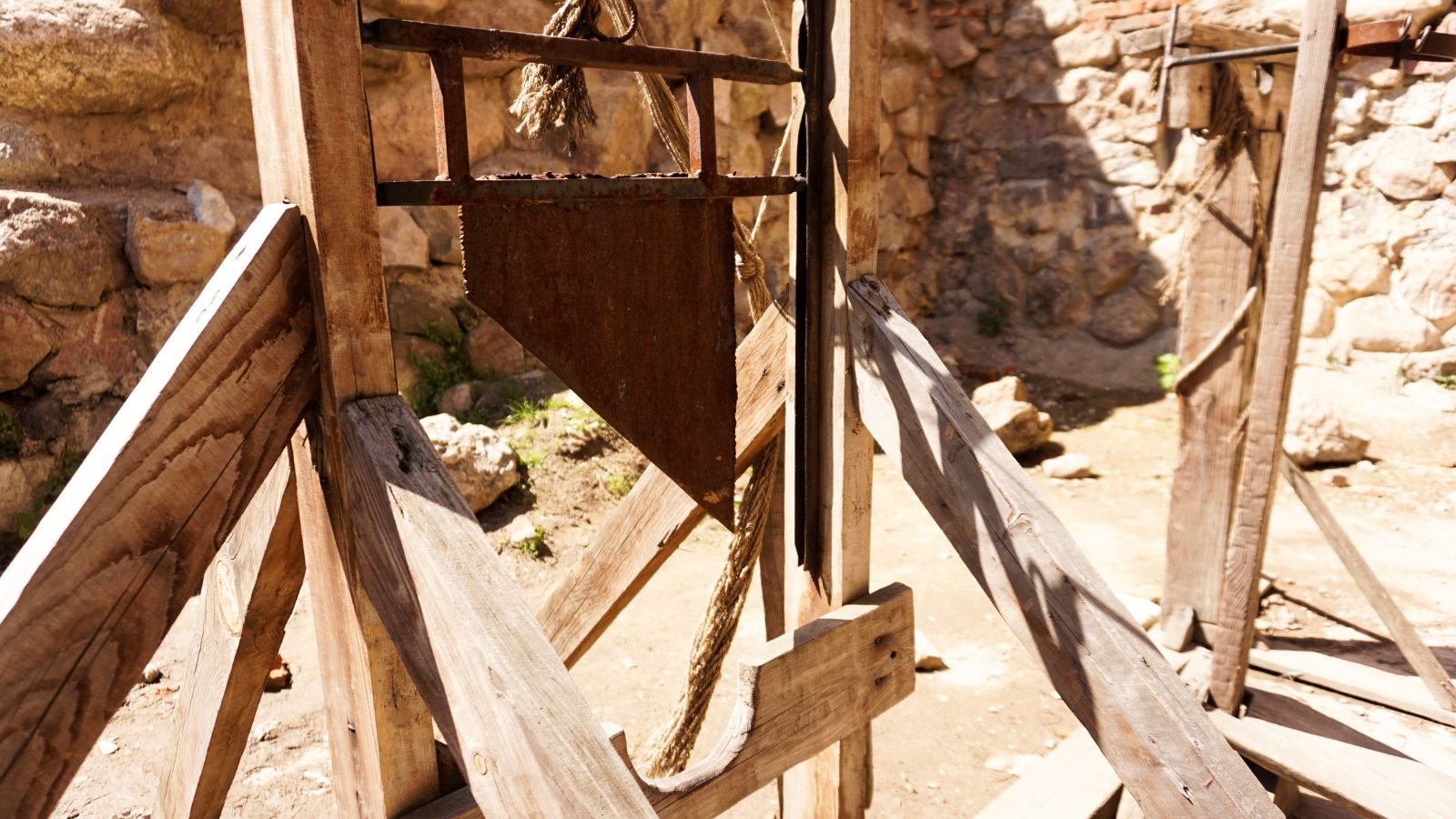
If you think contemporary cancellation culture is bad, then brace yourself for cancellation—revolutionary style. As the Guardian reports, tarring and feathering were widespread during the American Revolution. This punishment involved covering political opponents in hot, sticky tar and feathers, an act that was as humiliating as it was painful.
Some People Switched Sides
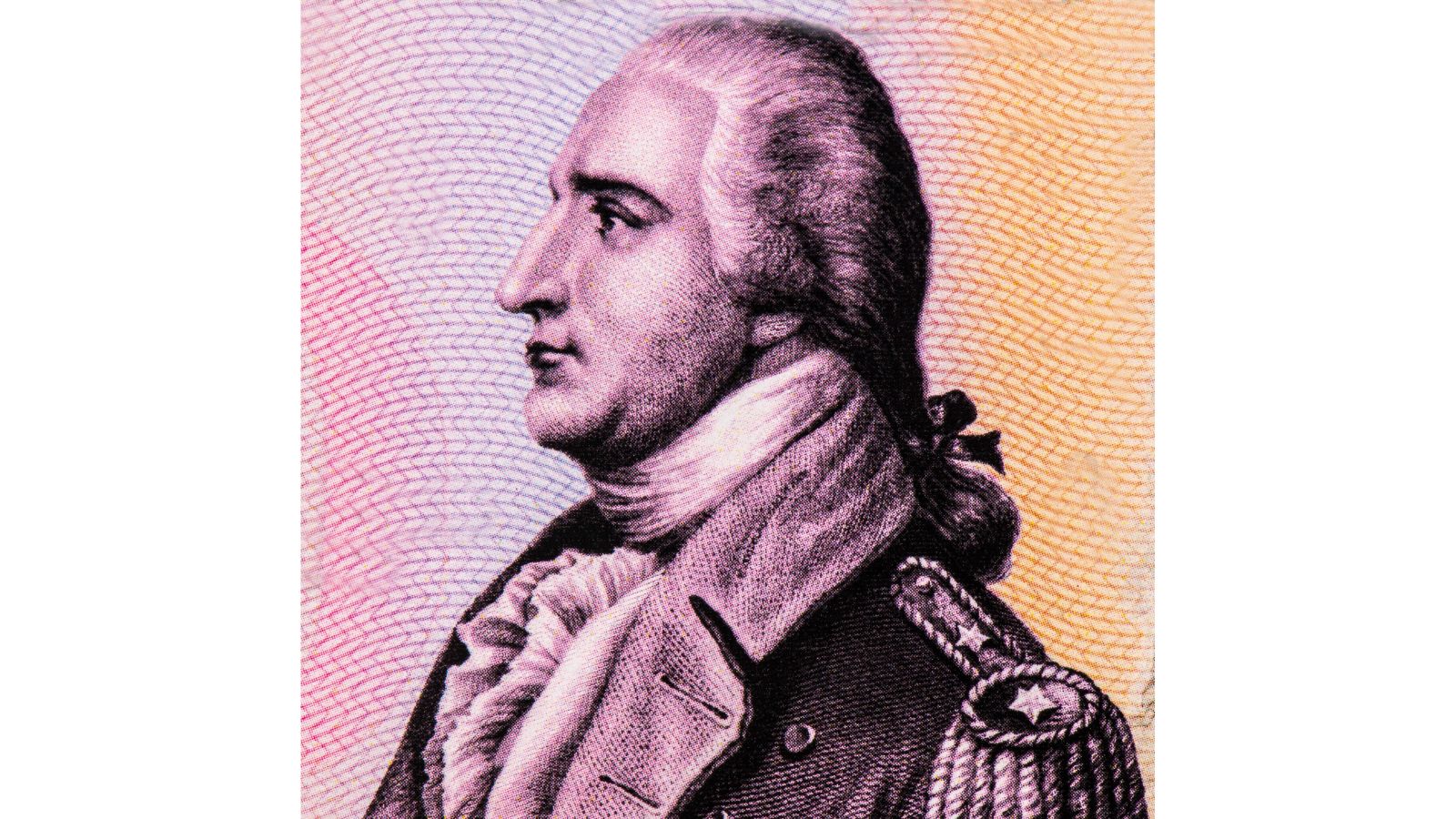
Most Revolutionary War soldiers were committed to their respective causes, whether they supported the king or independence. However, not everyone was so dedicated. General Benedict Arnold initially joined the Continental Army before switching sides. He survived the war but was so unpopular in North America that he moved to England.
The Enlightenment Fueled the American Revolution
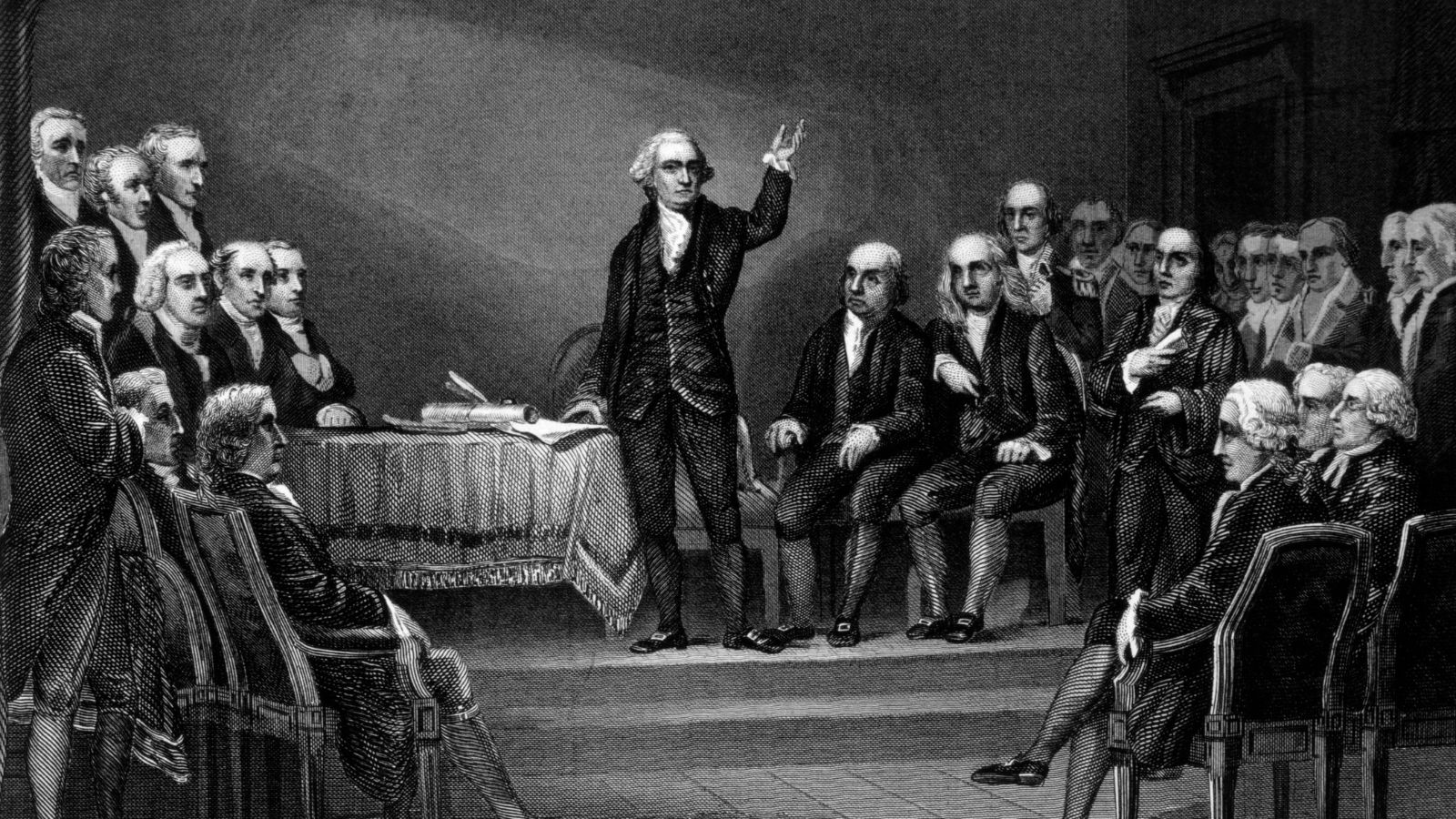
The ideas that fueled the American Revolution came out of the Enlightenment, a period of social and philosophical change that started in 1685. The Founding Fathers referred back to Enlightenment ideas like liberty and justice while writing the American Constitution in 1787.
There Were Huge Numbers of Casualties

Every conflict has a human cost. The precise casualty numbers are sketchy, but it’s been estimated that up to 70,000 revolutionaries were killed while fighting for independence. One Patriot, Nathan Hale, put on a brave face when he was sentenced to death—he regretted only being able to die for his country once!
It Was One of the Longest Conflicts in American History
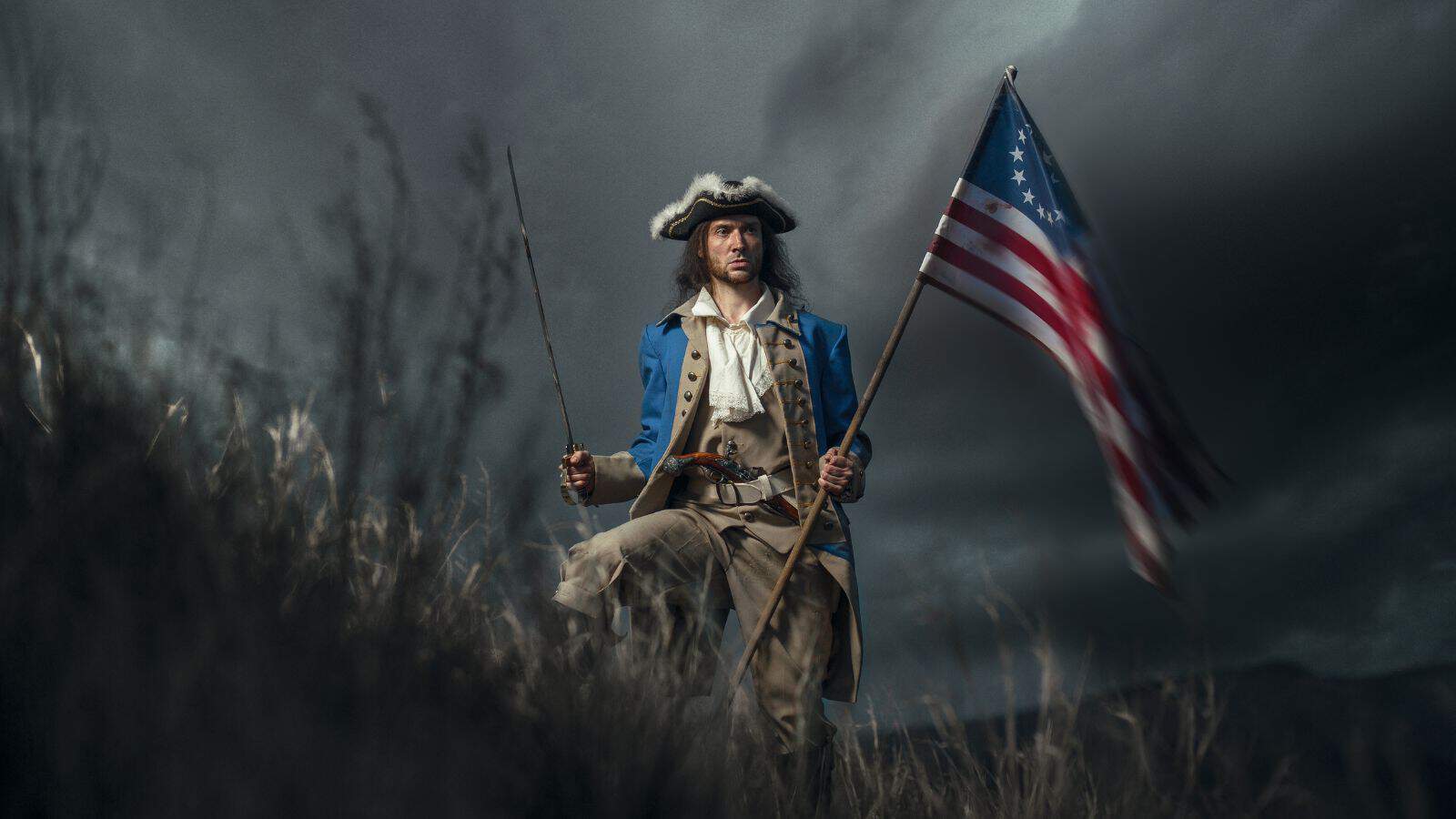
The American Revolutionary War lasted from 1775 to 1783, making it the ninth longest-running war in American history. In terms of major conflicts, only the Vietnam War outlasted it, while World Wars I and II are historical footnotes in comparison. Regardless of its length, it remains one of the country’s most significant.
The War Didn’t End at Yorktown
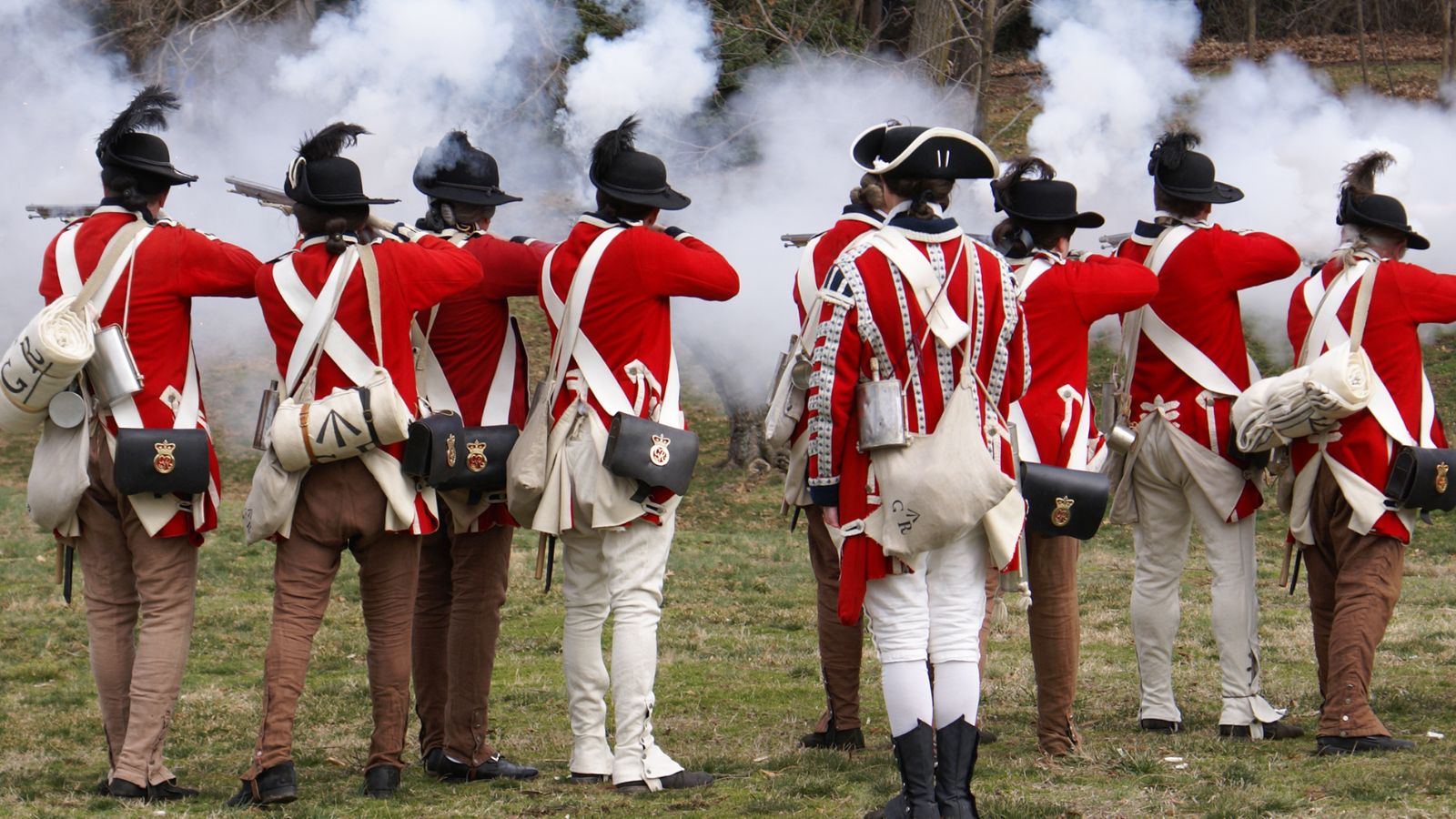
While Washington’s victory at Yorktown is often seen as the final battle in the American War of Independence, the conflict dragged on for nearly two more years. These last years were especially brutal—after Yorktown, loyalist Americans had nothing left to lose, so the fighting was more intense than ever.
It Paved the Way for the French Revolution
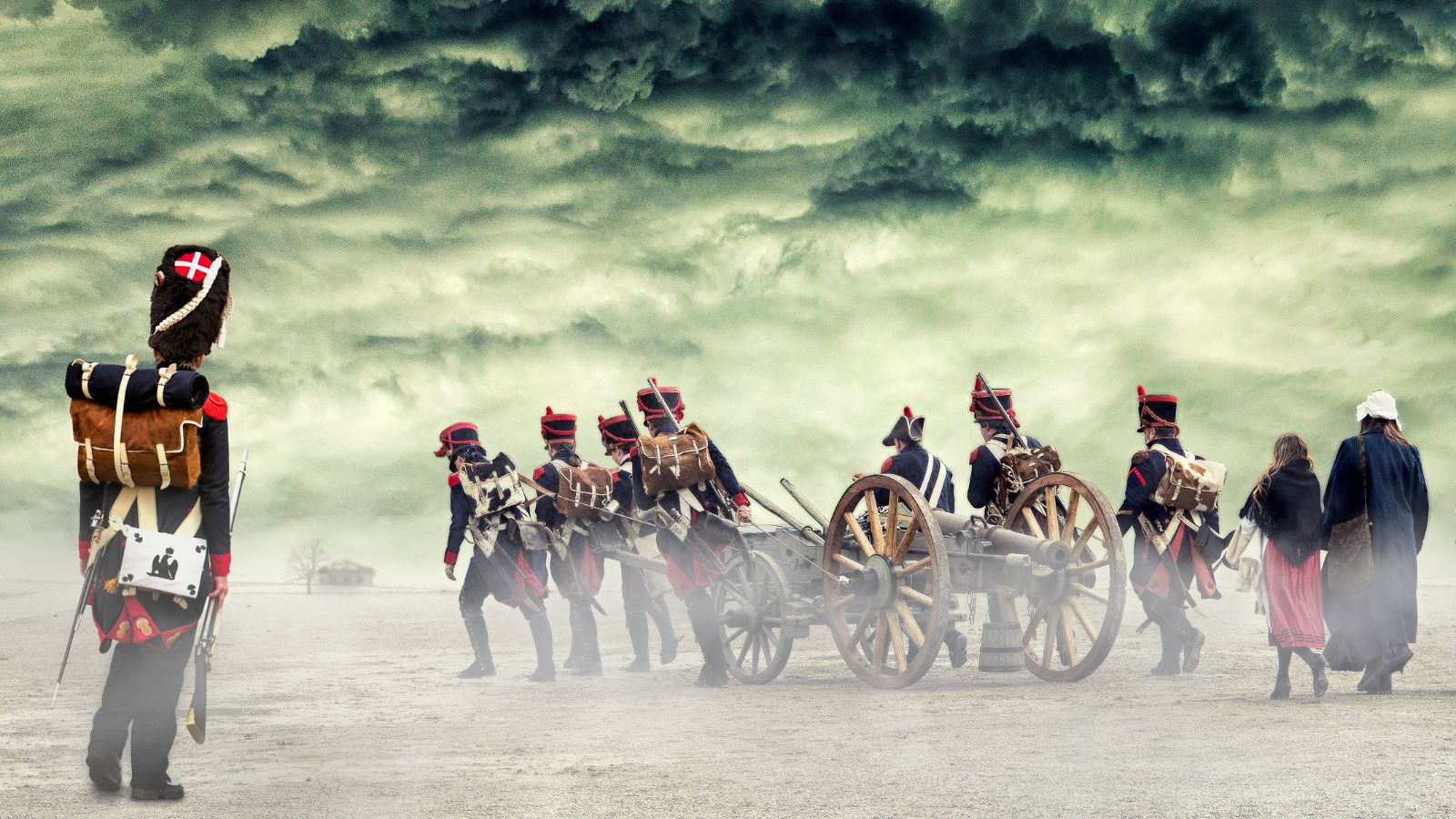
America’s victory was a blow to Britain, but the British actually ended up having the last laugh. The American Revolution inspired French citizens to start their own, and the same French aristocrats who had supported the Americans over the British soon found themselves in line for the guillotine, says the Musem of the American Revolution. Be careful what you wish for!
Up Next: 18 Reasons Why Men Get Grumpier As They Age

You might read this and be able to relate, or you may feel you’ve become grumpier the older you’ve gotten. Or maybe you know of a male friend or relative who has. Here are 18 reasons why men get grumpier as they age.
18 Reasons Why Men Get Grumpier As They Age
17 Products Millennials Refuse to Buy and It’s Affecting the Economy

Millennials have been the center of so much media attention due to their spending habits. Their unique ways of spending have built up and crushed many traditional industries. In this article, we look at 17 things millennials stopped buying and how that has impacted society.
17 Products Millennials Refuse to Buy and It’s Affecting the Economy
Where Even Truck Drivers Won’t Stop

Truck drivers tend to be hardy souls—well-seasoned travelers who aren’t often afraid to rest up or refuel in risky locations. However, there are certain U.S. locations that even the most road-weary trucker refuses to stop at for fear of criminal activity or natural dangers. Here are 17 such locations that even experienced truck drivers approach with trepidation (or not at all).
